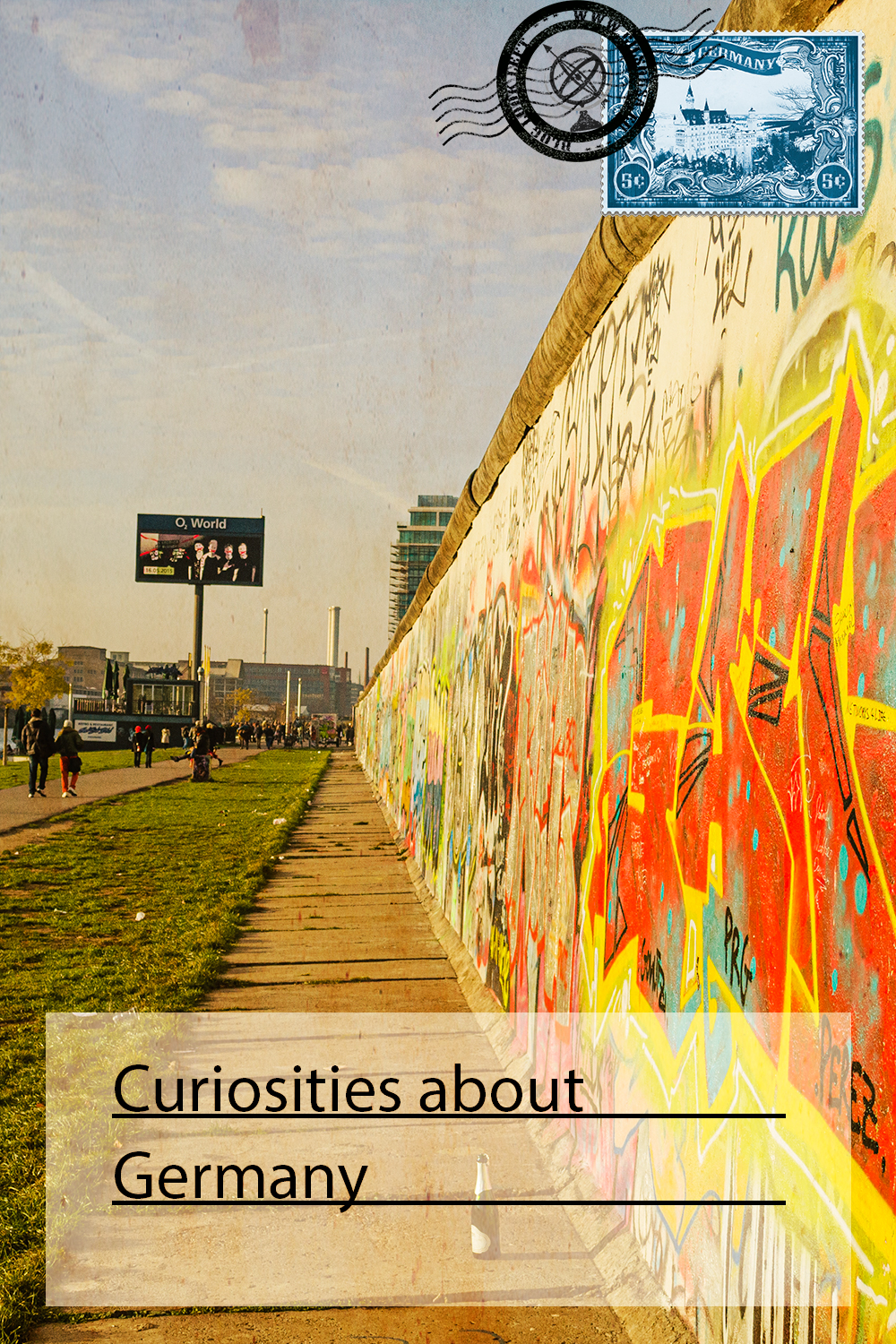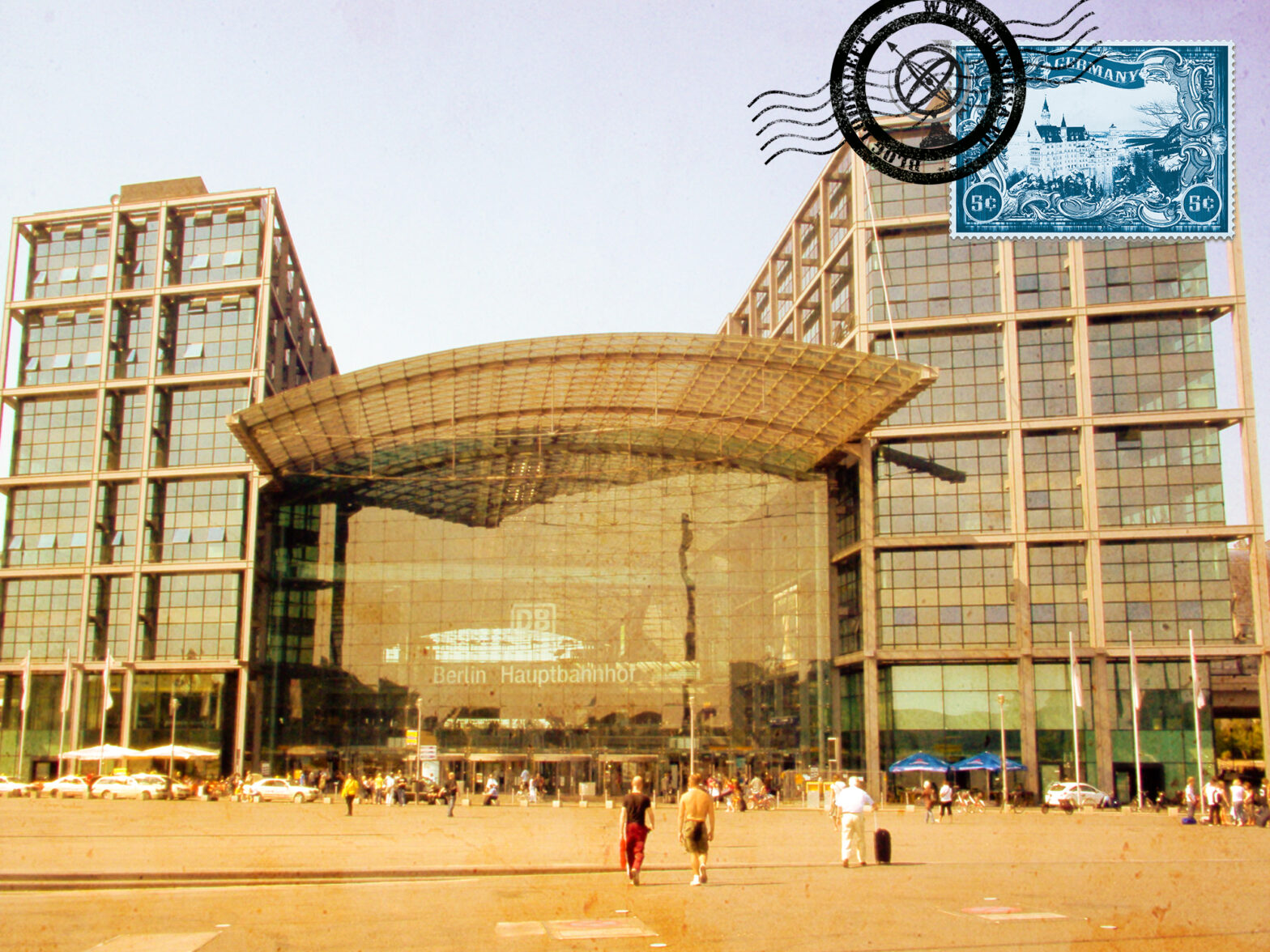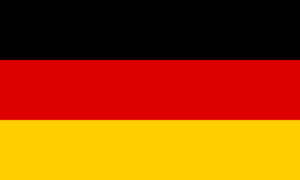Germany was the first country where I lived abroad, it was an unique experience which I mentioned countless times in this blog. And also one experience that changed me as a person, and contributed deeply to my passion for traveling.
I didn’t know much about this country before I moved there, in fact, I haven’t even searched anything about the city. Moving to a city and a country that I knew very few of was a quite unlike adventure for the 24 years old me. Though, that experience was the gateway for other travels, even to get to explore my own country.
A bit about Germany’s history
Germany is one of the European countries with the most recent borders. The German borders as we know today date from the end of the 1990s. Being a Central European country, it is normal that their borders changed considerably during the last few centuries, and during that time several countries appeared and disappeared almost from one year to the next.
The history of the territory that is Germany nowadays is extremely complex, but the borders started to settle with the creating of a German Confederation, of 39 states of german language. This Confederation failed, with lead to a new Confederation of the Northern German, which later became the German Empire.
From this point on, most of we know about Germany is due to the two Great Wars, since those 39 states became one potency in a very important geographic zone in Europe.
With the end of the Second World War, Germany was split into several parts. Occupied zones by the United Kingdom, United States of America, France and the Soviet Union. The same happened to the capital, where you can still visit the famous Berlin Wall.

Some parts of the german empire were returned to Poland and to the Soviet Union. In 1949 the german area occupied by the allied formed the Federal Republic of Germany, becoming then two Germanies, the Federal and the Democratic. They only merged again 41 years later.
Some curiosities about Germany
- The largest navigable aqueduct in the world is above the Elbe River, in Magdeburg. It is a canal over a river, which improved considerably the country’s navigability.
- A third of the country are forests and wooded areas. One of my biggest surprises when I moved to Dresden was seeing so many trees inside the city.
- Being such a central country, it isn’t surprising to have borders with 9 other countries. Denmark, Poland, Czechia, Austria, Switzerland, France, Belgium, Luxembourg and the Netherlands.
- Berlin has the biggest train station in Europe! A station with several levels of intersections, a whole world by itself! And a really beautiful piece of architecture. Check the cover photo.
- Several german cities were capital at some point, either due to the considerable amount of kingdoms that existed in that region, or due to empires and big countries that controlled that area. Aachen, Karlsruhe, Munich, Brunswick, Frankfurt, Berlin, Bonn, East Berlin, Hanover, Darmstadt, Kassel, Wiesbaden, Oldenburg, Heidelberg, Mannheim, Bückeburg, Stuttgard and for last Dresden, my favorite city!
- The first printed book was printed in Germany, the Gutenberg Bible.
- The Christmas tree as a christian symbol started in Thuringia. Of course there was already a similar pagan tradition, and the way a monk found to convert the tradition into a christian symbol was by using the triangular shape of the tree as a representation of the holy trinity.
- There are more than 2100 castles and palaces in Germany! It is excellent for those who like to imagine living in that era.
- The Oktoberfest isn’t in October, unlike the name leads to think. Adjust your travel plans to the end of September…
- There’s also place for bad news in this list, the last Olympic Games that were hosted by Germany was in 1972 in Munich, where the Israeli team was made hostage and then murdered.
- For those who like Zoos, then be prepared to visit the 400 Zoos that exist in this country!
- German is official language in 5 countries, Germany, Austria, Switzerland, Luxembourg and Liechtenstein.
Not really a curiosity, though I think it is important to demystify the concept that germans don’t speak English. This is completely false! Maybe in some rural areas, but in cities that rarely happens. I never had issues with communication in Germany, and people are often really helpful, even though they look a bit distant.
When is the best time to visit Germany?
Any time is a good time to visit Germany, it is a versatile country. Either with the humid heat from their summers, or the cold winters, there is always something interesting and beautiful to see.
Germany in Spring
Like expected, in Spring is when life blooms, everything gets greener, and the cherry trees and other trees start to be decorated with lovely flowers. Perfect for pick-nicks in one of the many parks can find inside the cities.
It is also during this time that you can see how some festivities, like Easter and Carnival, are in Germany.
Germany in Summer
Temperatures way higher, which often comes as a surprise for those coming from countries like Portugal and Brazil, but it is also season for some heavy rains. Yes, rain in Summer! Historically, the worse floods in Germany happened during the Summer months, but from a personal point of view, after a heavy shower we also dry in a matter of minutes.
It is during this season when several festivals take place, and the outdoor pubs and beer gardens are alive. It is my favorite time of the year to visit Germany, though, also the most expensive time to fly into the country.
Germany in Autumn
With exception of the Oktoberfest in Munich, Autumn is an excellent season to visit Germany as there are way less tourists. The temperatures also start dropping, and you must take that into consideration when you prepare your trip. It was in this season when I arrived in Germany, and I felt right away the shorter days, a few still warmer days, and only by the end of October when I started wearing warmer clothes…
Germany in Winter
And if you are a Christmas kind of person, then this is the best season to visit Germany. Less people, except during Christmas itself, and everything covered in white! Yes, Winters sometimes can be quite cold…, I wasn’t that lucky. I saw very few snow during the 11 months I lived there, but if you don’t like crowds, it is a perfect time to visit. Regarding the Christmas markets, you should not miss the one in Dresden, the oldest in Germany! And to warm up, drink a lot of glühwein (mulled wine).




Leave a Reply